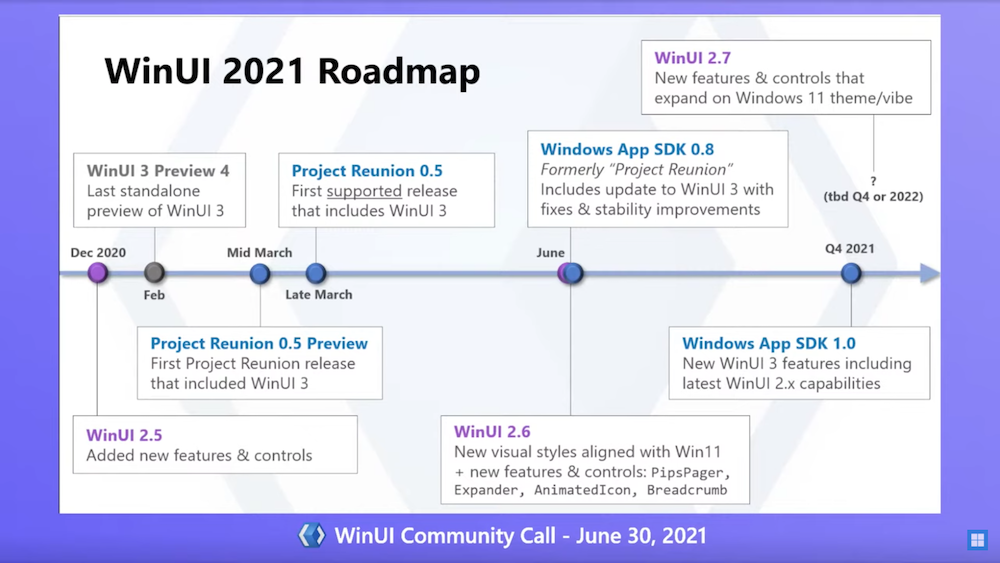
The Register comments:
Developers invested in UWP and therefore WinUI 2.x, cannot port easily to WinUI 3 in desktop applications, since the variety of XAML (the XML language used to define the layout) is different, and the UWP application model is different from the desktop application model.
At one time, the story was that UWP developers would not miss out, since WinUI 3 would be available both for desktop and UWP. This was part of the "reunion." That plan has now changed, even though the docs referenced above still say "WinUI 3 support for production-ready UWP apps is currently in preview."
While many developers prefer the desktop model, UWP does have some advantages. "UWP has two benefits, sandbox and the ability to run on other Windows devices, Xbox, Hololens" said one, while another said that ".NET Native is really nice against reverse engineering, that's why we still use UWP."
During the call, Demopoulos was asked about why WinUI 3 support was no longer planned for UWP. "Our focus is on trying to reach out to the existing very large community of Win32 desktop developers," he said, "who haven't had any good way to access … fluent design and a lot of the controls that WinUI provided. We are still investing in WinUI 2 and will be for quite a while."
Another way of looking at this is that Microsoft tried to get Windows developers to adopt its UWP model but too many of them refused – for all sorts of reasons. The result is that Redmond has had to backtrack, unfortunately at the expense of the keen minority who did adopt it.
As I say though, there's no immediate threat to UWP - Microsoft has committed to 'parallel' development of WinUI 2.x to ensure that UWP applications will carry on working and adopt Windows 11 features. For a while (i.e. a number of years).
